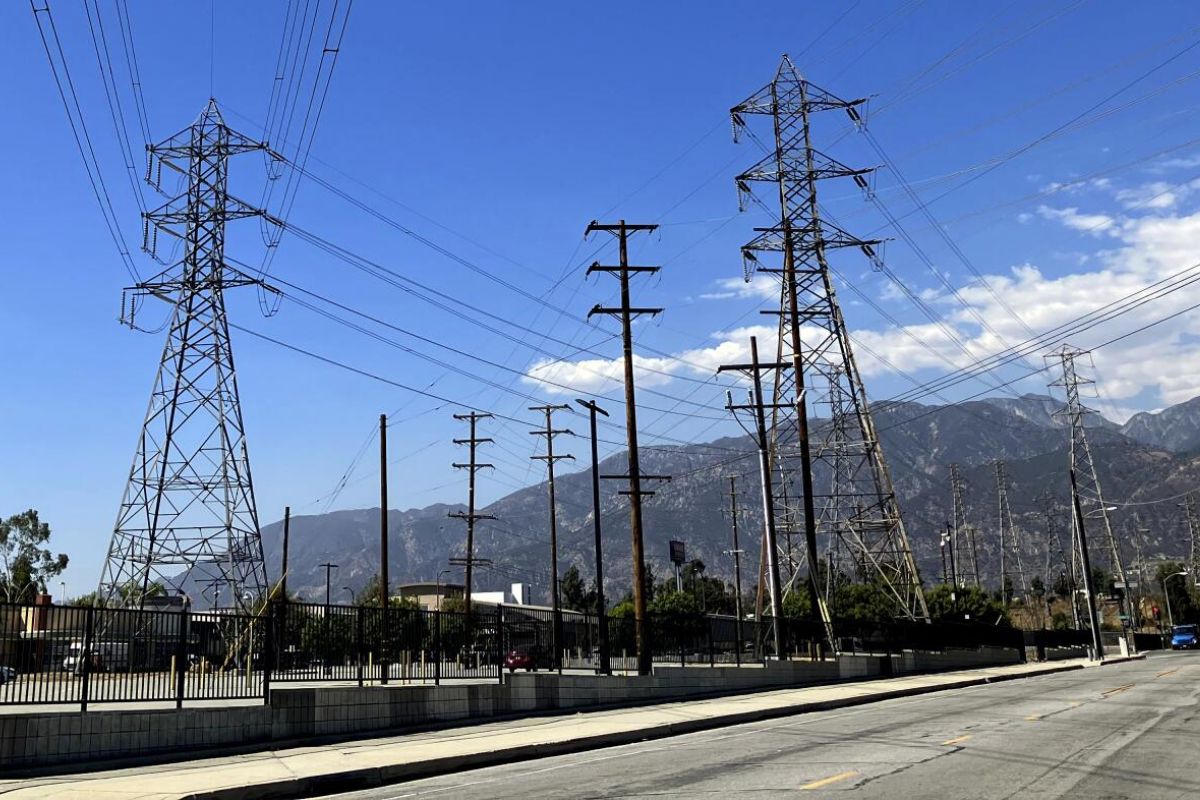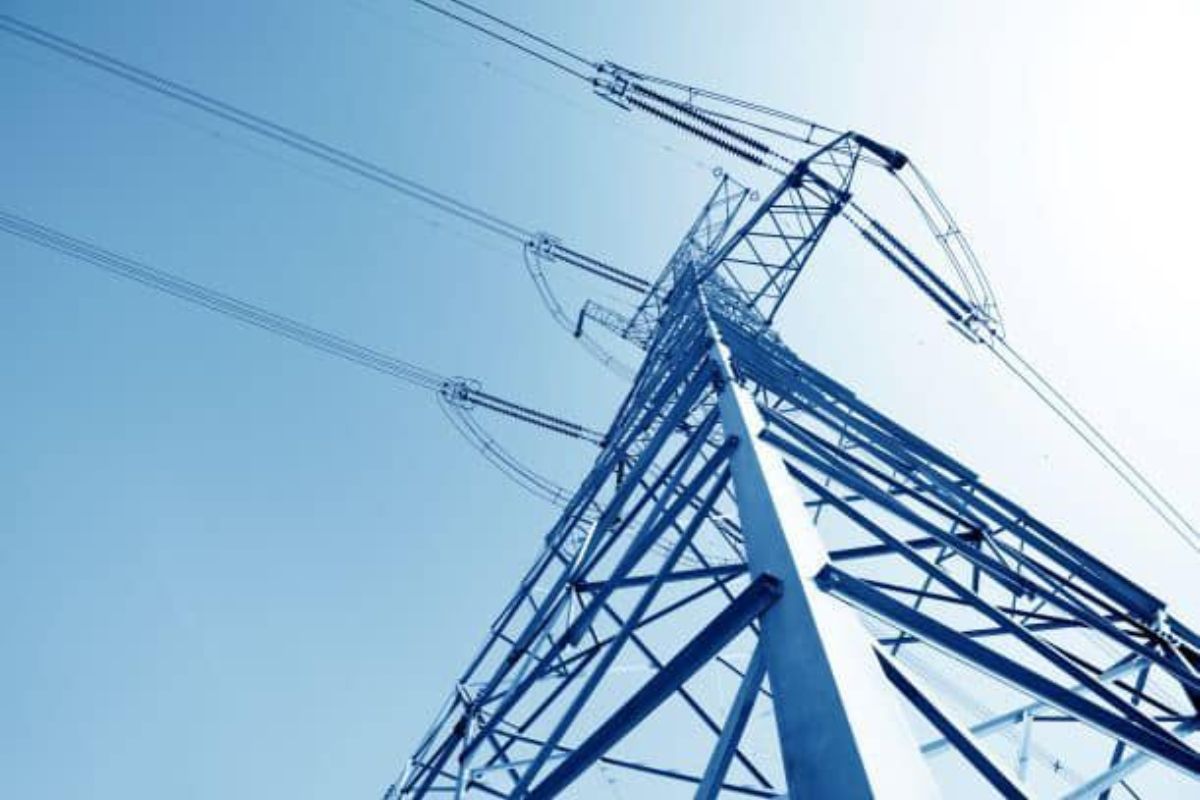Electricity Rates Slashed: California is considering a significant electricity rate reduction to ease consumer burdens amidst rising energy costs. The proposal includes a flat-rate structure with a $24 flat charge and a decrease of five to seven cents per kilowatt hour. This change aims to incentivize energy conservation and shift consumption to off-peak hours, promoting sustainability. While there are cautious optimism and concerns, the decision holds the promise of alleviating financial pressures on consumers. Stay tuned to learn more about the potential timeline and impact of this proposal on Californians and the energy distribution landscape.
California Considers Drastic Electricity Rate Reduction
In response to the pressing need for relief among consumers facing soaring electricity bills, California is deliberating a significant reduction in electricity rates through a proposal under review by the California Public Utilities Commission. This potential rate slash comes at a pivotal time, particularly for residents in San Diego County, where bills from San Diego Gas & Electric have seen a noticeable surge, placing financial strain on many households.
The proposal being considered by the California Public Utilities Commission aims to provide much-needed respite to consumers grappling with escalating energy costs. If approved, this reduction in electricity rates could have far-reaching benefits, offering relief not only to individuals in San Diego County but statewide. The proposal underscores the Commission’s recognition of the challenges faced by consumers and its proactive approach to address these issues.
Flat Rate Proposal: Promising Relief for Consumers
Proposing a flat-rate structure, the California Public Utilities Commission aims to provide much-needed relief to consumers grappling with escalating electricity costs. Under the proposed plan, most California customers would face a flat charge of around $24, accompanied by a notable reduction of five to seven cents per kilowatt hour in electricity rates. This move is anticipated to offer significant savings for residents across the state, with particular benefits extending to low-income households.
One of the key features of the plan is the introduction of variable usage rates during different times of the day. By incentivizing energy conservation through these variable rates, consumers are encouraged to shift their electricity consumption to off-peak hours, ultimately contributing to a more sustainable energy grid. This shift towards a more dynamic pricing structure not only empowers consumers to make conscious choices about their energy usage but also aligns with broader efforts to promote energy efficiency and environmental sustainability.
Encouraging Sustainable Practices
Advocates emphasize that the proposed flat-rate structure in California not only aims to provide relief to consumers but also encourages sustainable practices by incentivizing the adoption of electric vehicles and appliances. This new billing system is designed to distribute fixed costs more equitably among customers while promoting environmentally friendly choices. By making electricity more affordable, the plan seeks to shift consumer preferences towards sustainable options, such as electric vehicles, which have lower carbon emissions compared to traditional gas-powered cars.
Moreover, incentivizing the adoption of energy-efficient appliances aligns with California’s broader goals of reducing greenhouse gas emissions and combating climate change. Energy-efficient appliances consume less electricity, leading to decreased energy consumption overall and a reduced environmental impact. This initiative not only benefits individual consumers through cost savings but also contributes to the state’s efforts to build a more sustainable energy infrastructure.
In essence, the proposed flat-rate structure in California goes beyond providing immediate relief to consumers; it serves as a catalyst for fostering sustainable practices and driving the shift towards a greener, more environmentally conscious society. By incentivizing the adoption of electric vehicles and energy-efficient appliances, the plan sets the stage for a more sustainable energy future in California.
Cautious Optimism and Continued Concerns
Expressing careful optimism and ongoing concerns, State Senator Brian Jones highlights the importance of addressing affordability issues while anticipating challenges with the proposed flat-rate system. While the potential benefits of the electricity rate slash are evident, Jones emphasizes the need for a thorough approach to guarantee that all Californians can afford their energy bills. Affordability remains a pressing concern, particularly for low-income households and seniors on fixed incomes.
Jones’s reservations stem from the complexity of shifting to a flat-rate system. He notes that implementing such a system requires meticulous planning and consideration to avoid unintended consequences. The shift to a flat-rate structure may pose challenges with revenue stability for utilities, potentially impacting their ability to invest in infrastructure and renewable energy projects.
Moreover, ensuring the long-term sustainability of reduced rates is vital. Jones stresses that any rate adjustments must be accompanied by measures to promote energy efficiency and conservation to mitigate the environmental impact of increased electricity consumption.
In light of these concerns, stakeholders must collaborate closely to address affordability issues while maintaining the reliability and sustainability of California’s energy grid. Jones’s careful optimism serves as a reminder of the complexities involved in reshaping the state’s electricity rate structure to benefit all residents equitably.
Commission Decision and Implementation Timeline
The upcoming discussion by the commissioners in May will address the proposed implementation timeline for the significant electricity rate slash in California, potentially bringing relief to consumers and reshaping the distribution of electricity costs statewide. If the proposal is adopted, the implementation is expected to occur by late next year, marking a pivotal moment with far-reaching implications for households across the state. This decision holds the promise of easing financial burdens for many consumers, who have long grappled with the high costs of electricity.
The schedule for implementation is vital, as it will determine how swiftly Californians can begin to benefit from the anticipated rate reductions. The deliberations in May will not only focus on the feasibility of the proposed timeline but also consider the necessary steps to guarantee a smooth shift to the new electricity rate structure. Stakeholders are eagerly anticipating the outcome of these discussions, as the decision will not only impact individual consumers but also shape the broader landscape of energy distribution in California.
As the commissioners convene to deliberate on the proposed timeline, consumers and industry experts alike are closely monitoring the developments, recognizing the potential for significant changes in how electricity costs are allocated and the implications for household budgets. The decision-making process in the coming months will be pivotal in determining the success of this ambitious electricity rate slash initiative.
ALSO READ: Governor Unveils Bold Plan: 500 Cameras to Fight Crime in Oakland!
News in Brief
California explores a substantial reduction in electricity rates to alleviate consumer burdens amid soaring energy costs. The proposal entails a flat-rate structure with a $24 charge and a decrease of five to seven cents per kilowatt hour, aiming to promote energy conservation and sustainability. While optimism surrounds the potential relief for consumers, State Senator Brian Jones urges cautiousness, emphasizing the need for affordability and sustainable practices. Commissioners will discuss the implementation timeline in May, with changes anticipated by late next year. The decision holds promise for easing financial strains on households statewide, pending careful deliberations.
Our Reader’s Queries
What is the Rule 17.1 in California Public Utilities Commission?
Electric Rule 17.1A stipulates that a billing error occurs when there is an incorrect billing of an account due to errors by PG&E, the energy service provider (ESP), or its agents, or by the customer, resulting in inaccurate charges to the customer.
What does the California Public Utilities Commission regulate?
We oversee privately owned utilities, including those providing electric, natural gas, telecommunications, railroad, rail crossings, rail transit, passenger carriers like limousines and charter buses, ferries, and transportation network companies such as Uber or Lyft, along with water utilities.
What is the California electricity Regulatory Commission?
The California Energy Commission has been entrusted with the responsibility of overseeing and enforcing regulations on utility companies to assist them in achieving their objectives. Since the enactment of the legislation, the Energy Commission has been diligently monitoring the overall state changes and issuing updates on the progress made.
What is Section 315 of the California Public Utilities Code?
The commission is mandated to examine the cause of all accidents that occur within the state on the premises of any public utility or are directly or indirectly linked to its maintenance or operation. These accidents result in loss of life or injury to individuals or property and necessitate, according to the commission’s discretion, the…



